Materials and Construction Techniques for Floors and Cabinets
1/411
There's no tags or description
Looks like no tags are added yet.
Name | Mastery | Learn | Test | Matching | Spaced |
|---|
No study sessions yet.
412 Terms
Floors
Rigid assemblies dividing space horizontally into stories.
Floor Systems
Types of structural systems for building floors.
Concrete Floor System
Reinforced slabs for various loading conditions.
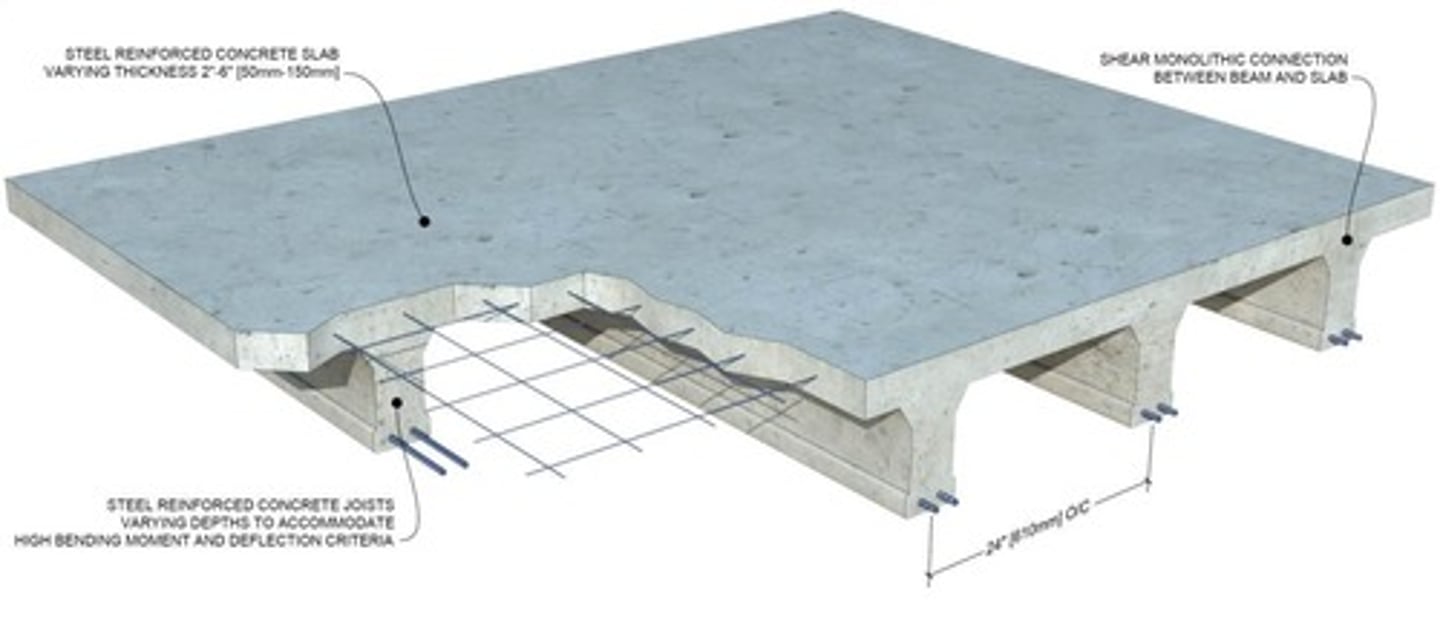
Cast-in-Place Concrete Slabs
Slabs poured on-site, classified by span.
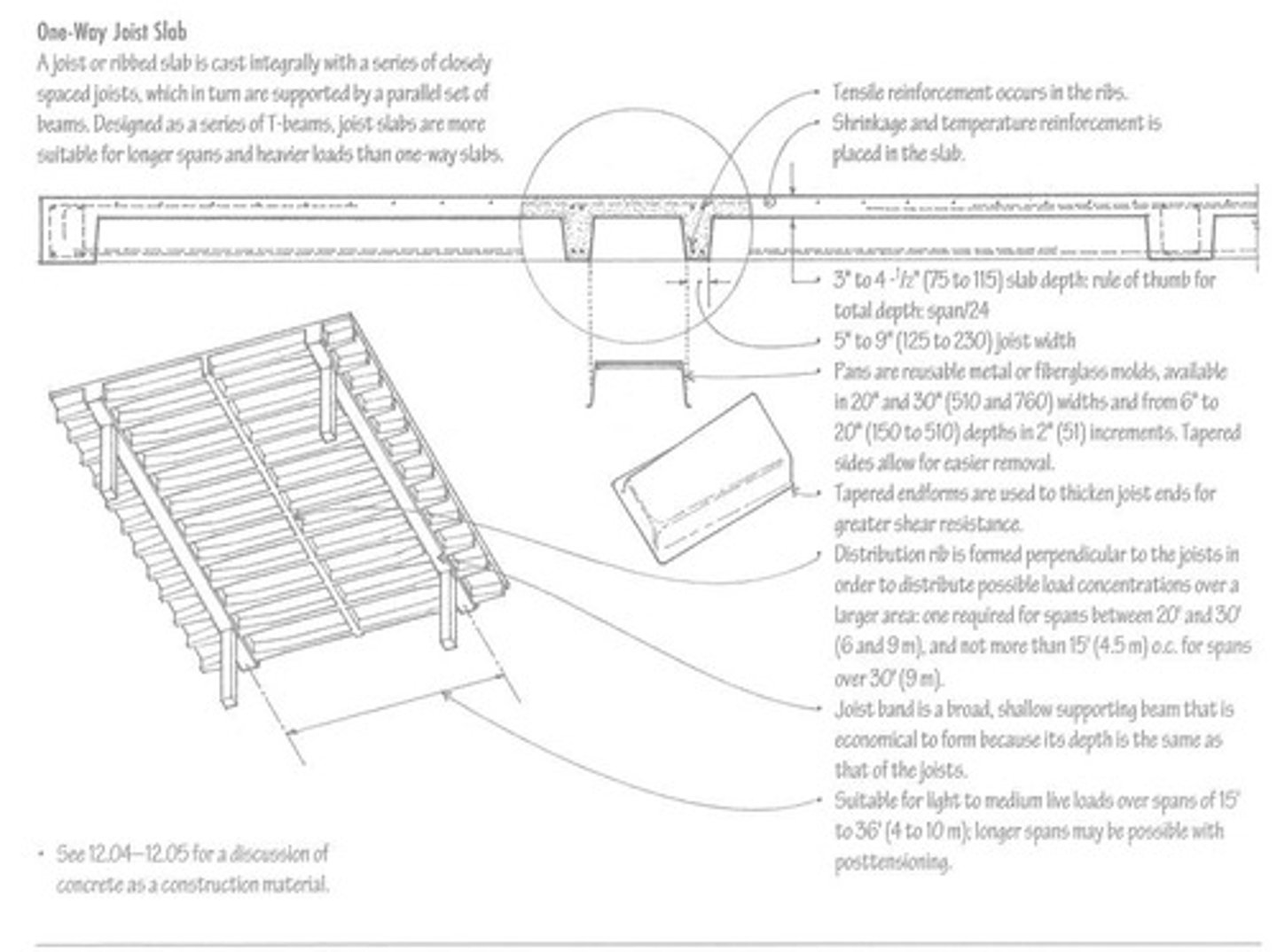
Pre-Cast Concrete Planks
Planks supported by beams or load-bearing walls.
Steel Floor System
Steel beams support decking or pre-cast planks.

Beam Framing
Integral part of steel skeleton frame systems.

Wood Floor System
Wood beams support structural planking or decking.
Concentrated Loads
Heavy loads requiring additional floor framing.
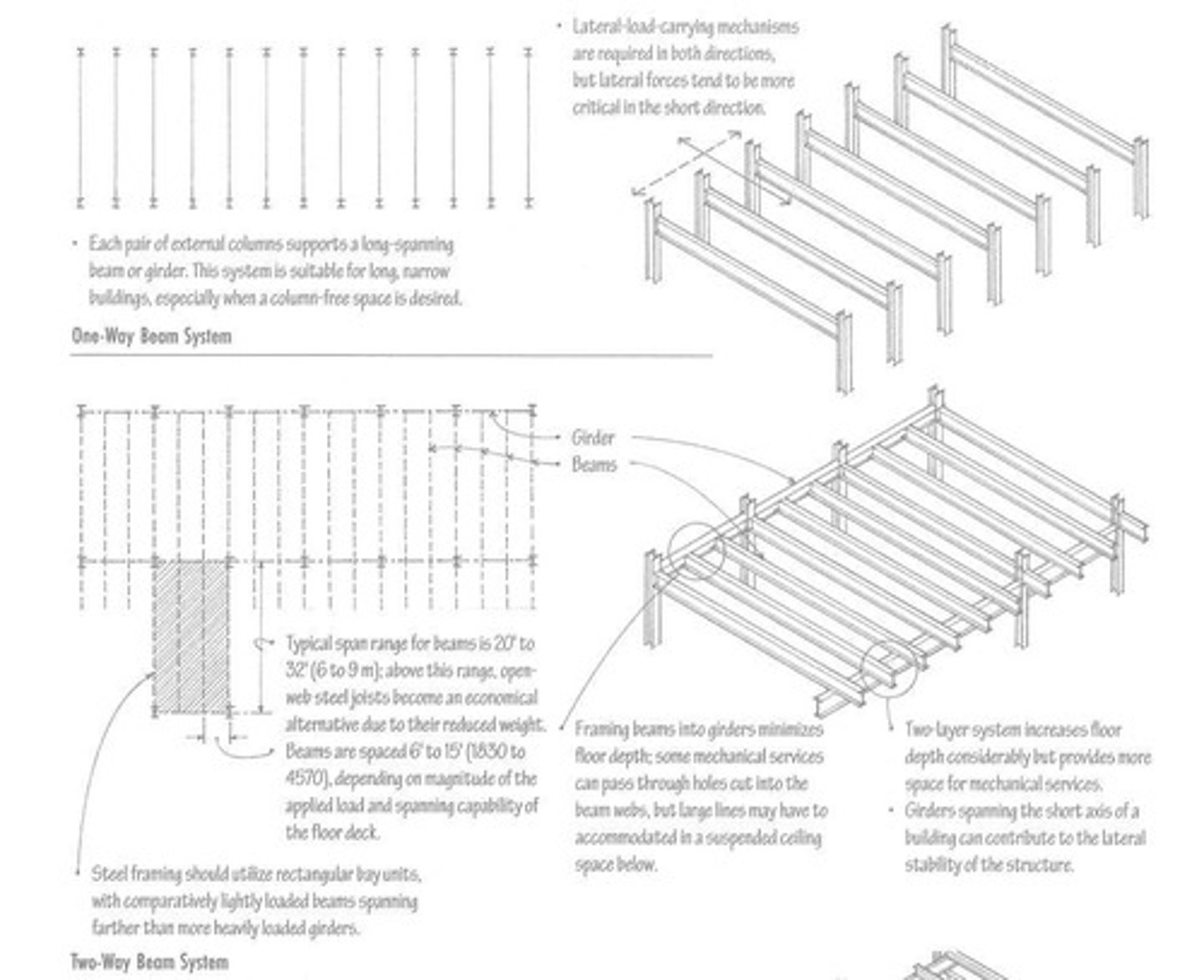
Raised Flooring System
Elevated floors allowing passage for services.
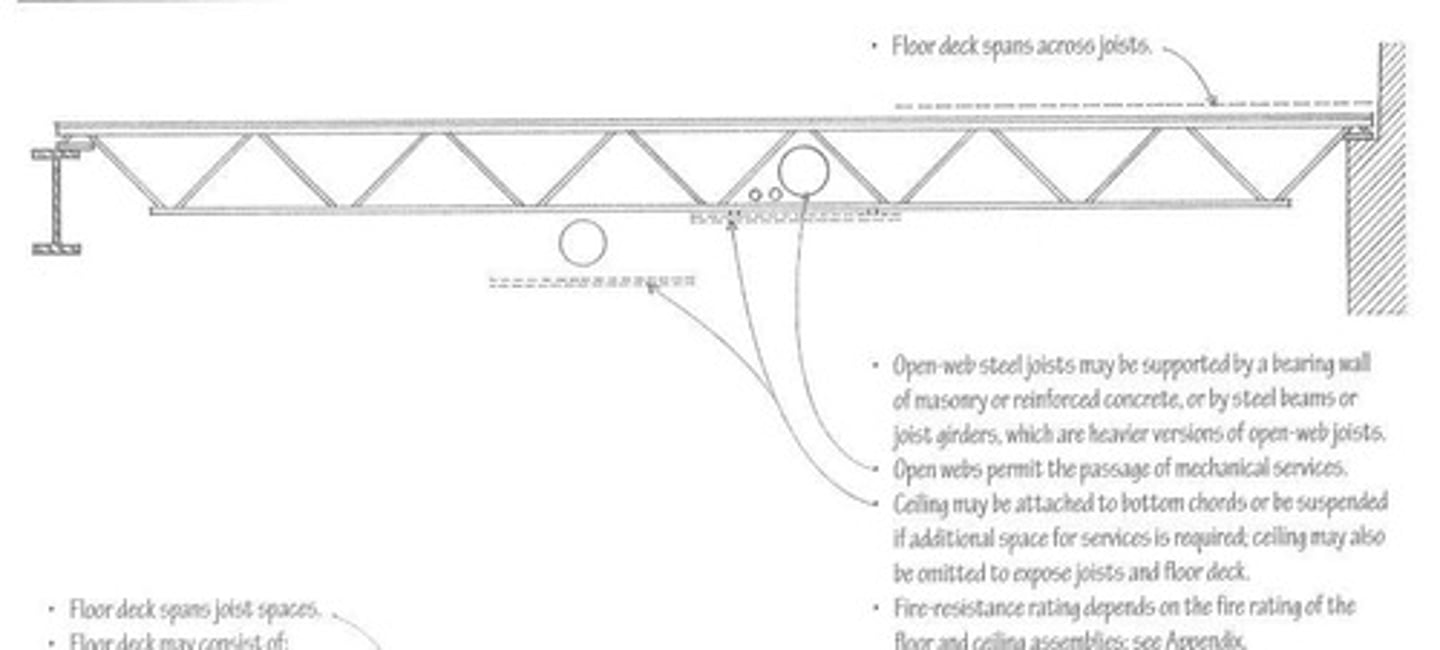
Adjustable Vertical Pedestals
Supports for raised flooring systems.
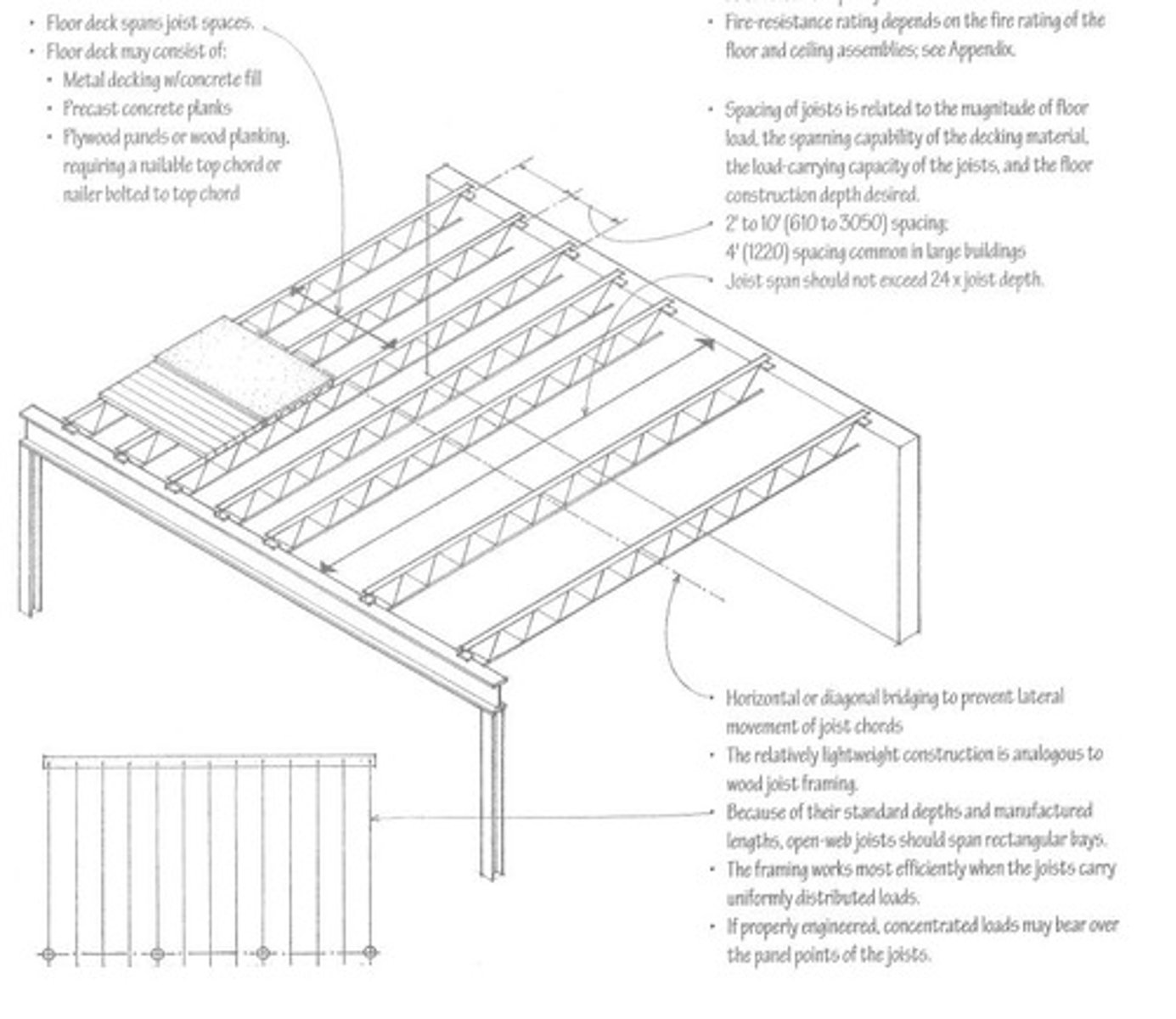
Floor Panels
Typically 2 ft x 2 ft, made of wood or cement.

Hard Flooring
Durable materials resembling natural elements.
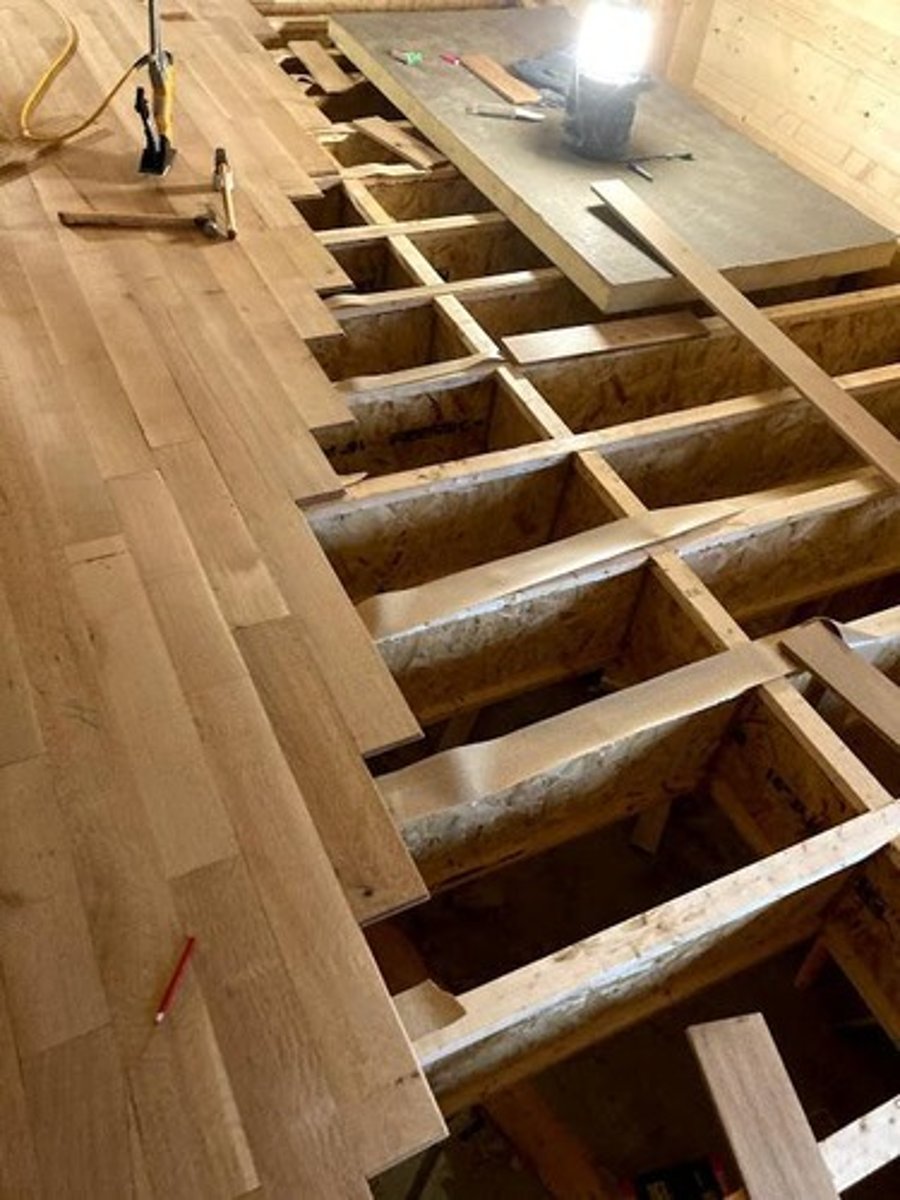
Resilient Flooring
Comfortable, easy-to-clean flooring resistant to indentations.
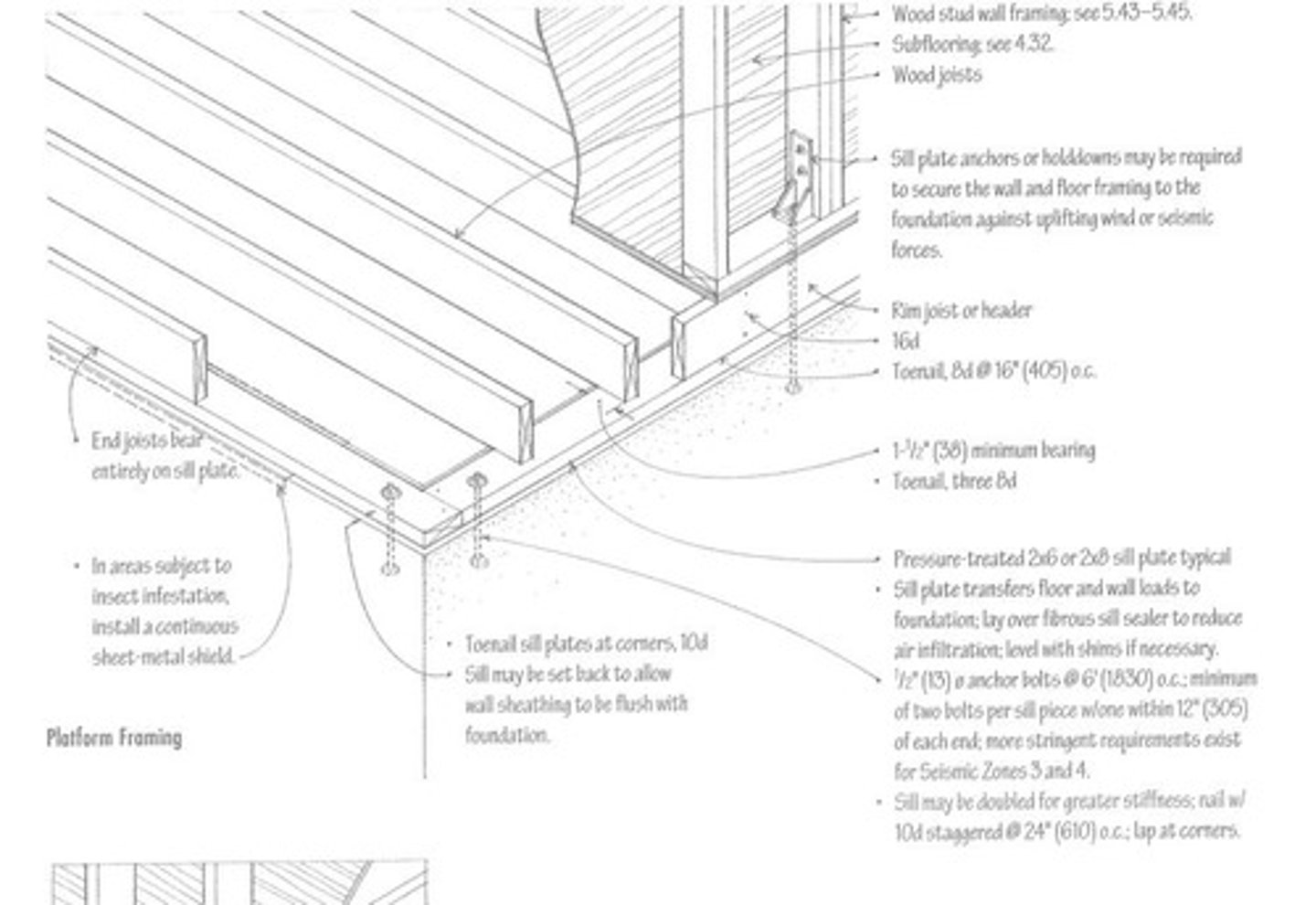
Vinyl Composition Tile
Common resilient flooring due to affordability.
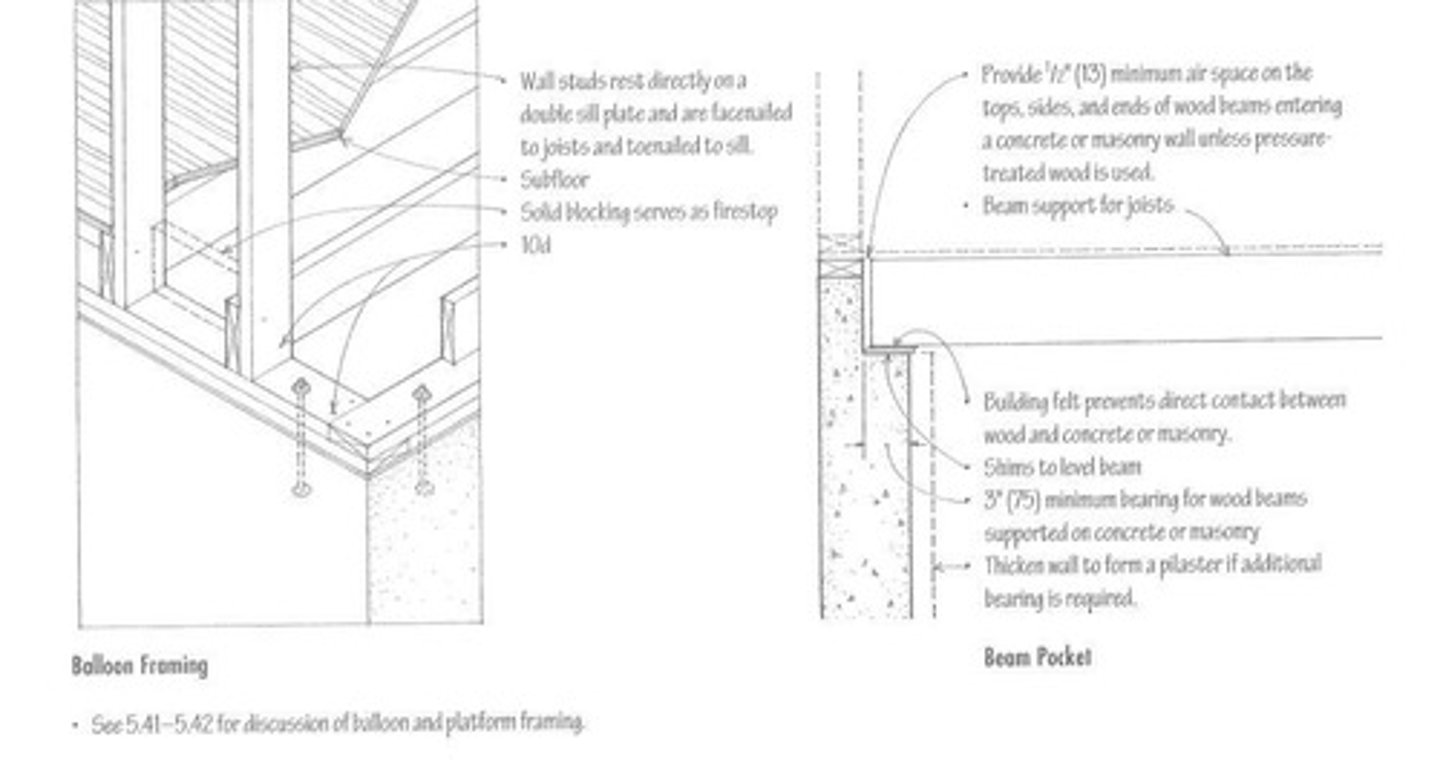
Soft Flooring Covering
High elasticity flooring providing luxurious underfoot feel.
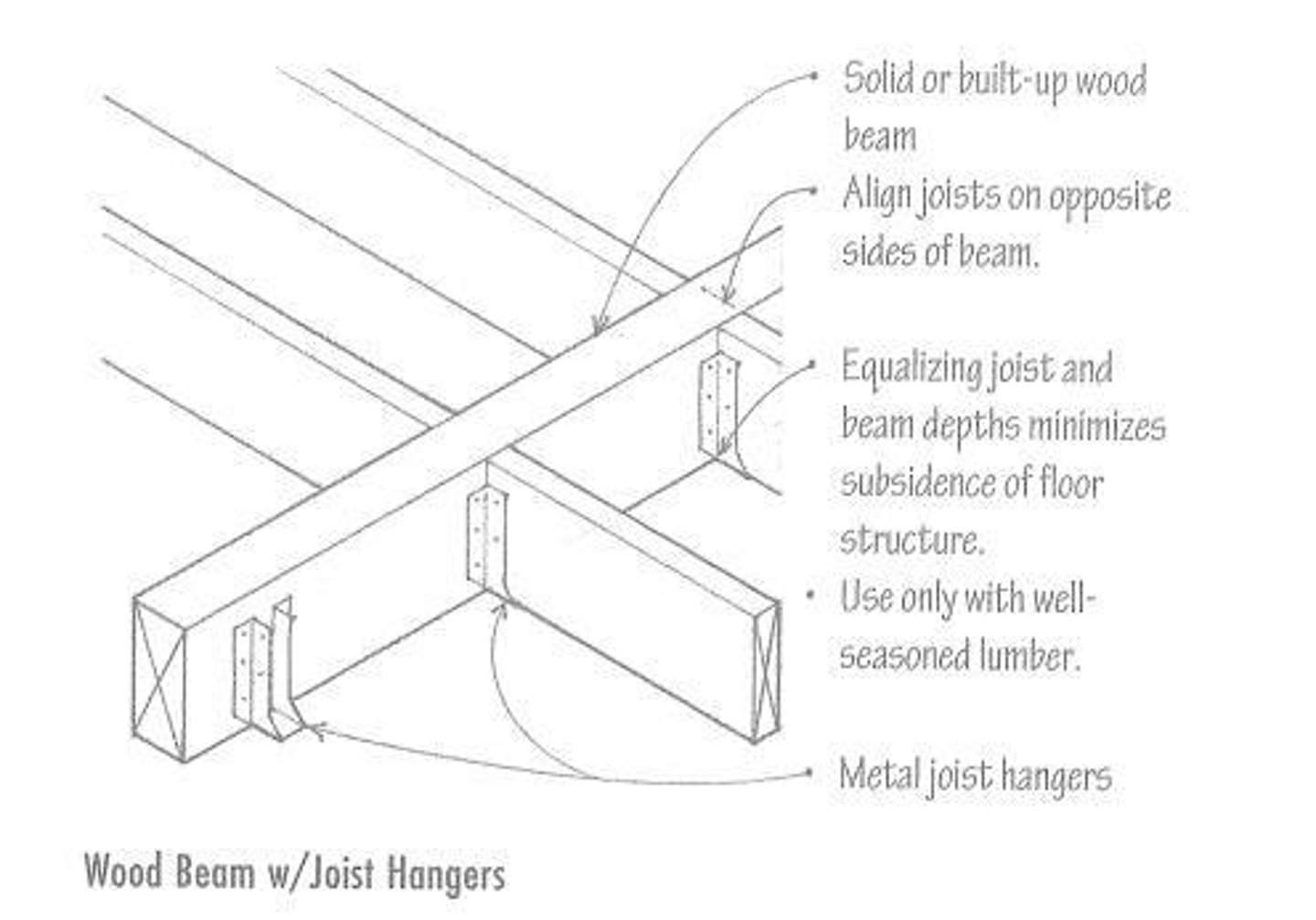
Carpet
Soft flooring unmatched for comfort and durability.

Wood Flooring
Available in softwood and hardwood varieties.
Softwood
Examples include pine, used in wood flooring.
Hardwood
Examples include narra and tanguiile, kiln dried.
Strip Flooring
Standard and heavy strips for various uses.
Parquet Flooring
Blocks of hardwood arranged in patterns.
Clay-Tile Flooring
Durable flooring made from fired clay.
Terrazzo Flooring
Composite material used for durable flooring.
Plastic Flooring
Synthetic flooring material, often lightweight.
Rubber Flooring
Durable, slip-resistant flooring option.
Cork Flooring
Sustainable flooring with natural insulation properties.
Stone Flooring
Natural stone used for durable flooring.
Asphalt Flooring
Flexible, durable flooring often used outdoors.
Block Flooring
Individual wood pieces, edge grain face, common size 2x2x3.5 in.
Concrete Flooring
Durable against wear, impact, and aggressive liquids.
Glazed Tile
Ceramic tile with glassy surface, moisture impervious.
Unglazed Tile
Hard, dense ceramic tile, homogeneous composition.
Ceramic Tile
Common flooring material, available in glazed and unglazed.
Asphalt Flooring
Flexible flooring option, often used in commercial settings.
Terrazzo Flooring
Marble aggregate cast in place, decorative and smooth.
Plastic Flooring
Includes vinyl tiles and cushioned flooring options.
Plastic Terrazzo
Composite material combining terrazzo with plastic elements.
Epoxy Resin
Durable, chemical-resistant material used in flooring.
Vinyl Tile
Synthetic flooring option, available in various designs.
Vinyl Asbestos
Historical flooring material, now regulated due to health risks.
Vinyl Inlaid Wear
Durable vinyl flooring with embedded patterns.
Rubber Flooring
Tiles made from synthetic rubber, less oxidation tendency.
Cork
Natural resilient flooring, offers thermal and acoustic insulation.
Linoleum
Made from oxidized linseed oil, ground cork, and pigments.
Cork Tile
Granulated cork compressed and baked, flexible and durable.
Stone Flooring
Includes sandstone, limestone, marble, and granite tiles.
Carpet
Textile flooring option, available in various styles and textures.
Built-in Cabinet
Custom cabinets fitted into walls, not detachable.
Solid Wood Cabinets
Durable, scratch-resistant kitchen cabinets, superior screw-holding.
Hardwood Cabinets
Common kitchen material, offers longevity and environmental benefits.
Durability
Ability to withstand wear, pressure, or damage over time.
Moisture Impervious
Resistant to water penetration and damage.
Acoustic Insulation
Material property that reduces sound transmission.
Thermal Insulation
Material property that reduces heat transfer.
Solid Wood
Natural wood, beautiful but expensive cabinet option.
Warping
Deformation caused by temperature changes in wood.
Heavy Cabinets
Solid wood cabinets are typically weighty and cumbersome.
Maintenance
Requires regular cleansing and polishing for longevity.
Variations of Solid Wood
Includes pinewood, mahogany, oak, and walnut.
Thermofoil
Vinyl film alternative to wood, affordable and moisture-resistant.
Moisture Resistance
Thermofoil's ability to withstand water exposure.
Modern Appearance
Thermofoil cabinets offer a contemporary aesthetic.
Difficult to Paint
Thermofoil is challenging to customize with paint.
Wood Veneer
Thin layer of hardwood adhered to a substrate.
Plywood
Laminated layers of wood, varying grain for strength.
Plywood Grades
Grade AA is toughest; lower grades are less desirable.
Economical
Wood veneer cabinets are cost-effective alternatives.
Glossy Finish
Wood veneer can be treated for a sleek appearance.
Discoloration
Wood veneer may fade under natural light exposure.
Scratch Resistance
Wood veneer is less durable against scratches than solid wood.
Laminates
Compressed wood resins and paper, affordable cabinet option.
High-Pressure Laminates
More durable than low-pressure laminates, impact-resistant.
Natural Finish
Laminates come in various colors and textures.
MDF
Medium-density fiberboard, made from recycled wood products.
Cleaning Ease
Laminates are easy to maintain and clean.
Non-Paintable
Laminates cannot be painted, limiting customization.
Repairable
Plywood can be easily fixed if damaged.
Frequent Cleaning
Thermofoil shows fingerprints, requiring regular maintenance.
Cost-Effectiveness
Laminates are generally cheaper than solid wood options.
Durability
High-pressure laminates are designed for long-lasting use.
MDF
Medium Density Fiberboard made from compressed wood fibers.
Particleboard
Wood chips compressed into boards, also known as chipboard.
Melamine
Waterproof material made from polymer resins and paper.
Stainless Steel
Durable metal resistant to stains, used in cabinets.
Aluminum
Lightweight metal, often used for industrial cabinets.
Laminate
Synthetic coating applied for protection and aesthetics.
Wood Veneer
Thin layer of wood applied over other materials.
Joinery
Techniques for connecting wood pieces in woodworking.
Butt Joint
Simple joint connecting ends of two wood pieces.
Biscuit Joint
Reinforced butt joint using oval-shaped wood biscuits.
Warp Resistance
Ability to maintain shape under humidity changes.
Sagging
Bending or drooping due to weight or pressure.
Durability
Ability to withstand wear, pressure, or damage.
Stain Resistance
Property of not absorbing stains easily.
Installation Difficulty
Challenges faced when installing heavy materials.
Cost-Effectiveness
Affordability compared to natural wood variations.
Industrial Style
Design aesthetic emphasizing utilitarian and raw materials.
Traditional Style
Design aesthetic focusing on classic and ornate elements.
Maintenance
Effort required to keep materials in good condition.